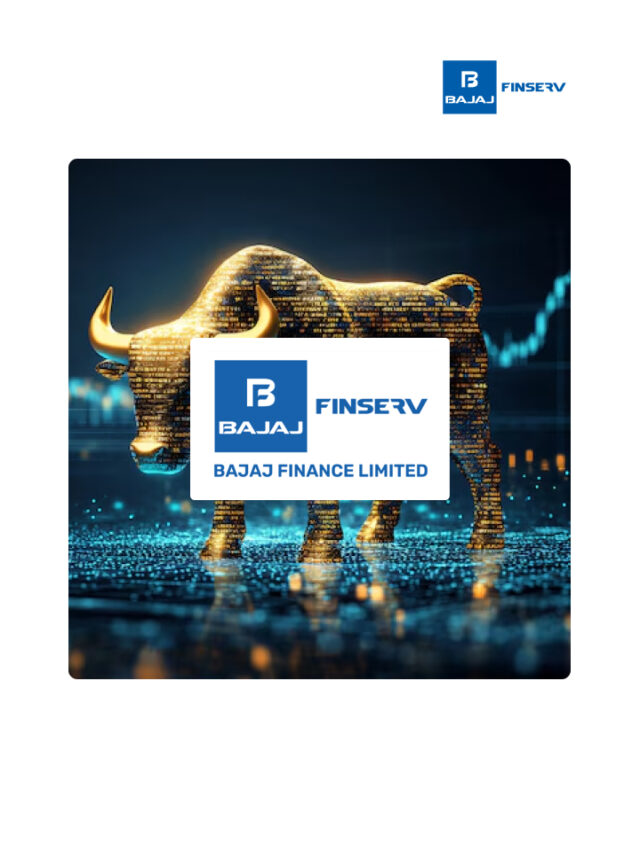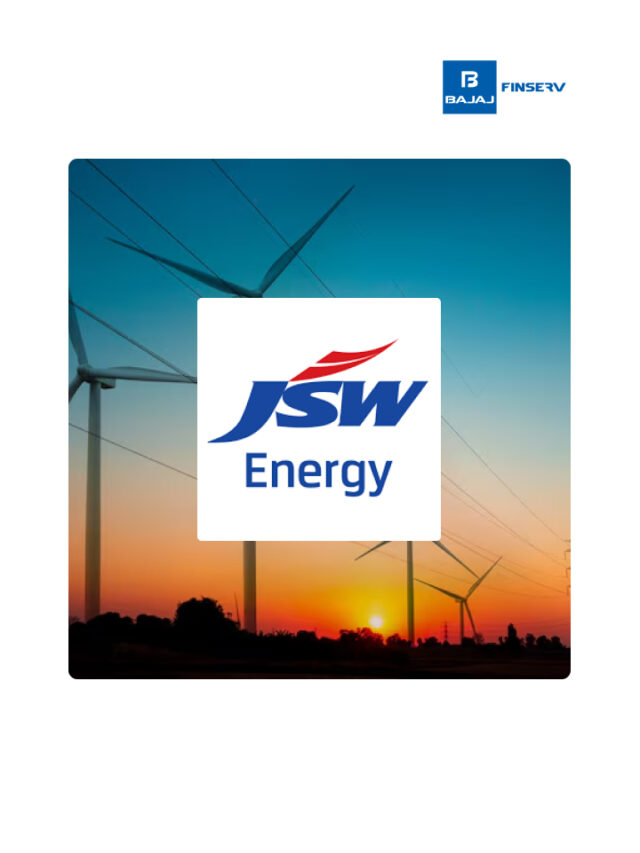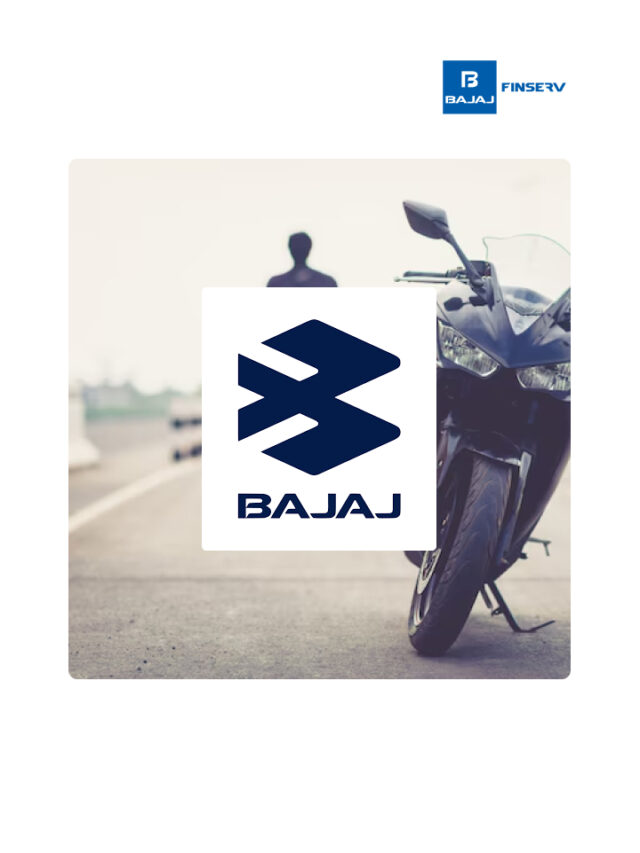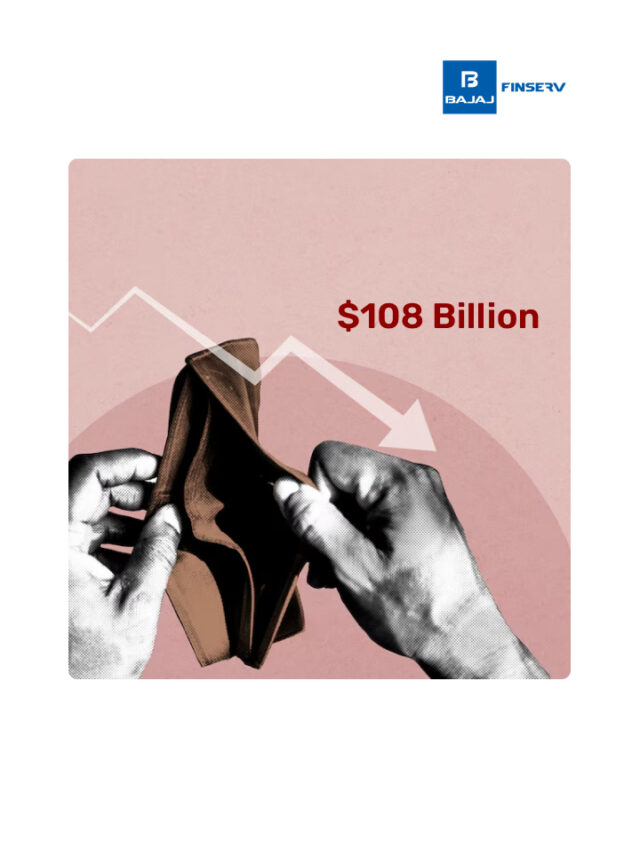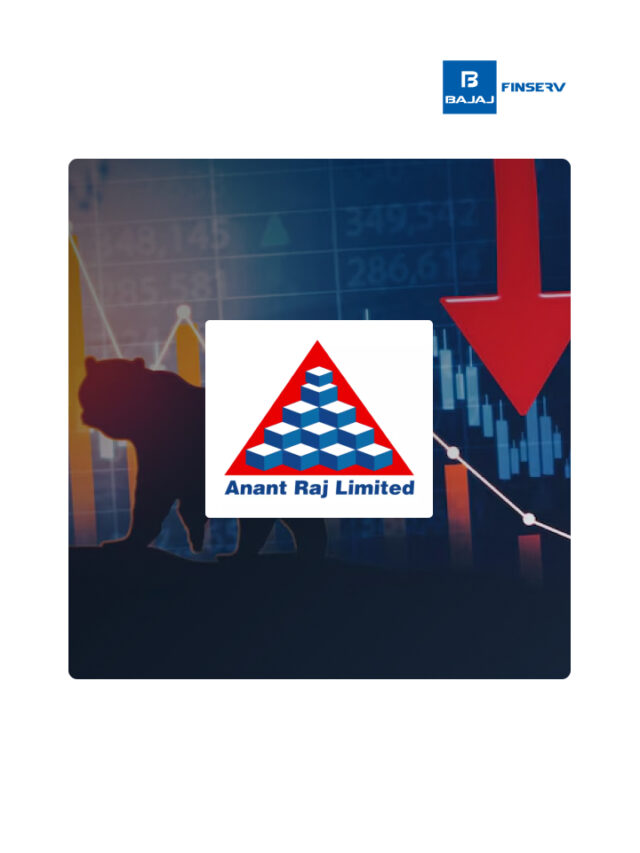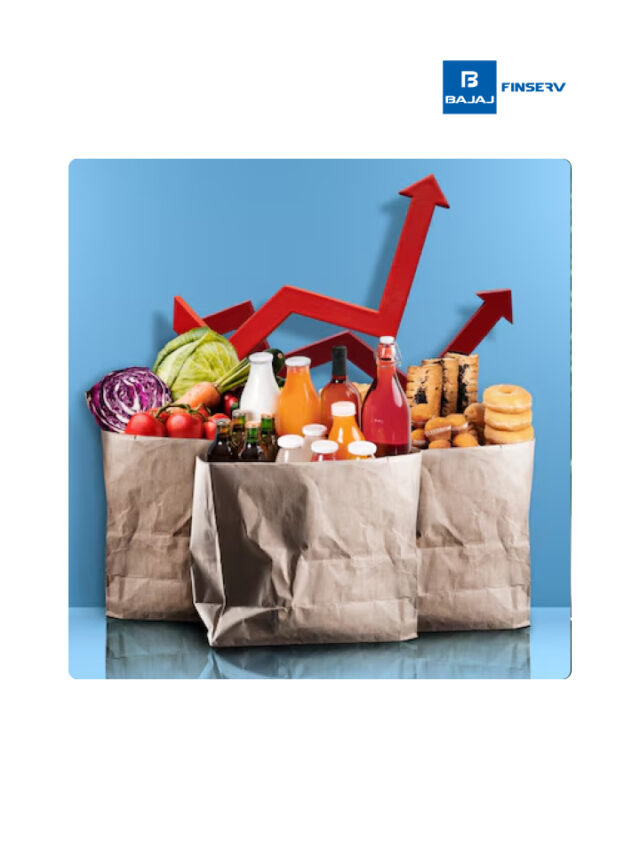Explaining S&P BSE Metal Index
Last Updated on December 5, 2023 by BFSLTeam BFSLTeam

The only way to a successful investment journey is to forecast the behaviour of stocks. However, it is difficult and challenging to predict the behaviour of the stock market, or any sector of stocks. This exercise is almost impossible to do without proper analytical and statistical tools.
With the assistance of various analytical and statistical tools, you bring an element of calculation and scientific approach to your investments that increase the chances of your profit and decrease your exposure to risks.
One such statistical tool widely used by investors is an index, which can help you in tracking the performance of equity and other assets. While there are broad-indices, you can also opt for sectoral indices, or thematic indices, or strategic indices, as per your requirement and need.
In case you are interested in knowing about stocks belonging to metal, metal product and mining stocks, S&P BSE Metal index can assist you in tracking and monitoring the performance of top stocks in this sector that are listed at the BSE. Read on to know more about S&P BSE Metal index.
Table of Content [hide]
Introducing S&P BSE Metal
The S&P BSE Metal index is a sector index. The sector indices are equity benchmarks for traded securities in several broadly defined economic sectors. This index is calculated and disseminated by S&P Dow Jones Indices, in partnership with BSE.
It comprises a minimum of 10 companies from the S&P BSE 500 index that are classified as members of the metal, metal products and mining sector as defined by the BSE industry classification system.
S&P BSE Metal is reviewed on a semi-annual basis and the effective date is the Monday following the third Friday of June and December, while the reference date is the last trading day of April and October.
This index was launched in August 23, 2004 and its first value date was marked as February 1, 1999. It has a base value of 1000.
Additional Read: S&P BSE 100
S&P BSE Metal Selection Criteria
S&P BSE Metal index is selected from a universe of S&P BSE 500 index and is the measure of performance of companies in the metal, metal products and mining sector. For inclusion in this index, the stock must have been traded for at least 90 percent of the trading days during the last three months.
The stock’s index market cap is based on the three-month float-adjusted market cap as of the reference date. Float-adjusted market cap is a measure of a company’s current worth that is determined by the total market value of all of its free-floating shares. This method uses the publicly available stocks and excludes the shares restricted to the public.
The constituents of S&P BSE Metal index are selected from S&P BSE 500 stocks that are classified as members of the metal, metal products and mining sector and are among the top 90 percent cumulative average float-adjusted market cap, subject to a buffer of +/- 2 percent. Additions to the index are made in between the semi annual review updates to maintain the required minimum number of 10 stocks
Additional read: Sensex Overview
Key Characteristics of S&P BSE Metal Index
| Developer | S&P Dow Jones Indices |
| Parent Index | S&P BSE 500 |
| Base Date | February 1, 1999 |
| Launch Date | August 23, 2004 |
| Base Value | 1000 |
| Calculation Currency | USR, INR |
| Calculation Frequency | Real Time |
| Index Rebalancing | Bi-Annual |
| Reconstitution Effective From | Monday following the third Friday of June and December |
Constituents List of S&P BSE Metal Index*
| Company | Symbol | Sector |
| APL Apollo Tubes Ltd | 533758 | Metal Products |
| Coal India Ltd | 533278 | Mining |
| Hindalco Industries Ltd | 500440 | Metal |
| Jindal Steel & Power Ltd | 532286 | Metal |
| JSW Steel Ltd | 500228 | Metal |
| National Aluminium Co Ltd | 532234 | Mining |
| NMDC Ltd | 526371 | Mining |
| Steel Authority of India Ltd | 500113 | Mining |
| Tata Steel Ltd | 500470 | Metal |
| Vedanta Ltd | 500295 | Metal |
*As on October 31, 2013
Other S&P BSE Indices
There are many S&P BSE indices which are classified into several categories like broad, thematic, investment strategy, and sectoral. The examples of broad category S&P BSE indices are S&P BSE SENSEX, S&P BSE 100, S&P BSE SENSEX 50, S&P BSE 200, S&P BSE 500, S&P BSE 150 MidCap, S&P BSE 250 Smallcap,S&P BSE 250 LargeMidcap, and S&P BSE 400 MidSmallCap. The thematic indices include S&P BSE PSU, S&P BSE CPSE, S&P BSE Bharat 22 Index and S&P BSE REITs and InvITs.
The investment strategy indices are S&P BSE DOLLEX 30, S&P BSE DOLLEX 100, S&P BSE DOLLEX 200, S&P BSE IPO, S&P BSE SME IPO, and S&P BSE SENSEX Futures Index. Some of the sectoral indices include S&P BSE AUTO, S&P BSE BANKEX, S&P BSE CAPITAL GOODS, S&P BSE OIL & GAS, S&P BSE POWER, S&P BSE REALTY, AND S&P BSE TECK.
Conclusion
The use of analytical and statistical tools is crucial for your successful investment journey. If you are interested in exploring and investing in metal, metal product and mining sector stocks, then S&P BSE Metal index can be of great help for you.
You should make use of more such indices and tools to bring an element of professionalism to your investments. It is always better to stay informed and updated if you want to stay on and grow in the stocks business.
Frequently Asked Questions
BSE and S&P Dow Jones Indices announced a strategic partnership in February 2013, following which all BSE indices were co-branded as S&P BSE.
S&P Dow Jones Indices is a reputed organisation which has 127 years of indexing experience, since it was launched, then named Dow Jones Industrial Average, in 1896.
S&P BSE Metal index is rebalanced every six months.
Disclaimer: Investments in the securities market are subject to market risk, read all related documents carefully before investing.
This content is for educational purposes only.For Research Disclaimers Click Here: https://bit.ly/3Tcsfuc
